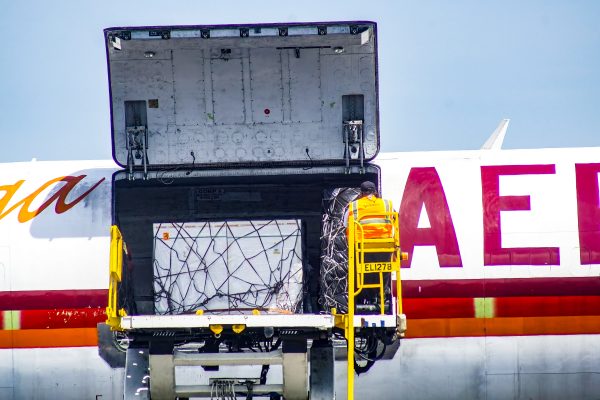One of the main motivations behind the shift to remote programming is the need to reduce heightened security risks in a world with shrinking humanitarian access. Remote humanitarian programming facilitates connections between international and local humanitarian organisations, which enables foreign humanitarian actors to connect to those in need without being physically present. This modality is not new in the humanitarian sector. In the 1990s, international humanitarian actors withdrew from fragile countries, such as Somalia, and relied on remote programming to provide aid to those in need.
In recent years, the safety and security of humanitarian staff have become increasingly compromised. In 2019 alone, 483 humanitarians were killed, wounded or kidnapped — the highest number on record. International humanitarian agencies were forced to relocate their staff away from high-risk environments and deliver assistance through national and local partners. But the relocation of international staff raises the concern that local humanitarian workers are left to bear the risks, which has led to calls for better protection for local humanitarian agencies.
COVID-19 has significantly disrupted humanitarian action. Infection risks and travel restrictions have curtailed aid deployments. A reduction in air and sea freight, low handling capacity at ports and longer customs clearance times have disrupted international humanitarian supply chains. These restrictions have forced international humanitarian agencies to rely on national and local organisations to reach affected communities.
Technological advancement is facilitating the development of remote programming. Platforms such as Zoom, MS Teams and Blue Jeans improve communication and coordination between partners at local, national and international levels. Geographic information system data can be used to plan COVID-19 vaccine distributions, while drones are being deployed to deliver vaccines. Artificial intelligence and data analytics enable virtual collaboration, such as crowdsourcing and crowdfunding. Digital payment is being used in cash programming.
But local humanitarianism comes with its own risks. It remains unclear what qualifies as ‘local’, how much capacity local actors have and whether donors can trust local humanitarian organisations to manage their funds. There is a funding imbalance between international and local humanitarian organisations, as many donors still prefer the former. But the pandemic has forced the sector to transform — today, partnering with local actors is the only game in town.
Remote arrangements can take different forms — such as remote control, delegation, support and partnerships. To truly facilitate localisation, local humanitarian organisations must be engaged as partners during the decision-making and planning stages of remote programming, rather than just implementing the projects. There also needs to be more emphasis placed on capacity building to strengthen aid governance at the local level to ensure progress made during the pandemic remains on course.
COVID-19 has compounded pre-existing humanitarian needs and caused new emergencies. The United Nations appealed for US$10.3 billion for the Global Humanitarian Response Plan for COVID-19 for the period April–December 2020. To fill the gaps, it has become important for the humanitarian sector to explore new sources of funding and resources, such as emerging donors.
China continues to emerge as an aid donor, most noticeably through its aid activities alongside the development of its Belt and Road Initiative (BRI). The BRI cuts through several Asian and African countries vulnerable to natural hazards and internal conflicts.
India has likewise been recognised as an emerging donor through its humanitarian assistance to countries in South Asia prone to natural hazards. Since the global outbreak of COVID-19, both China and India have launched diplomatic offensives by offering massive humanitarian assistance to countries and international organisations. An important part of this aid was video-conferencing and online training for health workers from aid-recipient countries.
While their respective humanitarian spending remains modest compared to traditional donors, China and India have material capabilities, experience in responding to natural hazards and public health emergencies, and political influence in the developing world. This has been the basis of their expanding humanitarian involvement. Yet both countries generally provide their support through national governments and international agencies. Their official aid systems still rely on direct financial assistance due to the limited capacity their domestic NGOs have to carry out overseas operations.
Remote humanitarian programming is providing a bridge for China and India to expand their humanitarian involvement overseas without needing to develop domestic humanitarian organisations. Both countries need to ensure that the design and implementation of these remote humanitarian programs include robust measures to monitor, evaluate and provide quality control. Governance is still a weak link in their aid programs and needs to be addressed if they want to become key players in the international humanitarian system.
Lina Gong is a Research Fellow in the Centre for Non-Traditional Security Studies at the S Rajaratnam School of International Studies, Nanyang Technological University, Singapore.

